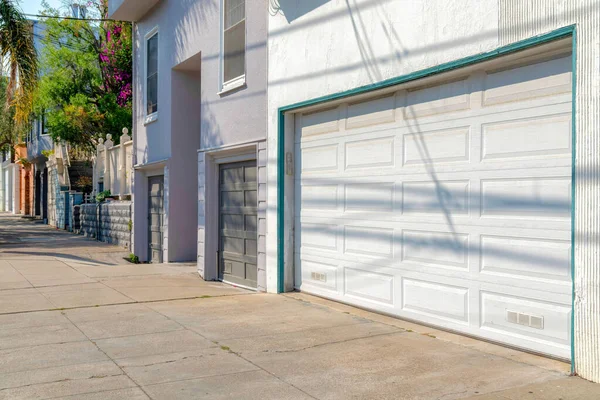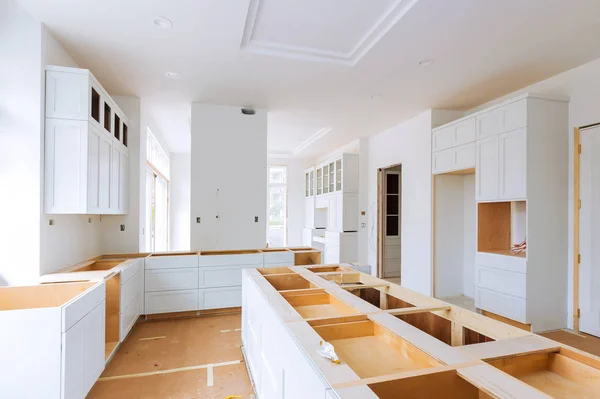Garage door tracks are under heavy stress from the opening and closing of your home’s most significant moving part. Over time they can become misaligned or damaged.
It is best to call a professional for track repair as soon as you notice any issues. This will prevent more serious problems from occurring in the future. 5 causes of garage door track misalignment on Big News Network. Get expert solutions at teamgaragedoors.com.
1. A Noisy Door
Depending on the source, a noisy garage door can be a major inconvenience. Ignoring this issue can lead to more serious damage or breakdowns, so it’s important to address it early and identify the cause of the noise.
A noisy garage door often indicates a problem with the rollers, which can make grinding or scraping sounds as they move up and down the tracks. If these rollers are old or damaged, they’ll need to be replaced. You can help them last longer by lubricating them regularly with a lubricant designed specifically for garage doors.
The tracks may also need to be realigned or repaired if they are causing the door to make a squeaking sound. This is a job for a professional who can ensure the track is straight and properly supported, preventing it from bending or coming off. They can also ensure the hinges and wheels are properly lubricated, which will minimize squeaking. This maintenance should be done regularly, as temperatures change and the lubricant may lose its effectiveness.
2. A Squeaky Door
A squeaky door might seem like a minor inconvenience, but it could signal an issue that needs immediate attention. It could indicate that there is a lack of lubrication, which can cause friction and generate those unsettling screeches. You can use cooking spray or other lubricants to silence the noise, but if you want a permanent solution, consult a professional garage door repairman.
A professional will inspect the track, rollers, and hinges to identify the source of the squeaking. They can then lubricate the components to reduce friction and eliminate the squeaking.
If the track is severely bent, it will require a significant amount of work to straighten it. A professional will be able to do the repairs quickly and correctly without compromising other components. They can also reroute cables around the restored tracks if needed. The cost of this service will depend on the location and the extent of the repair. Typically, this will be in the $75 to $150 range.
3. A Door That Won’t Open
Garage doors are the unsung heroes of your home, protecting vehicles and belongings from harsh weather and potential intruders. Like any mechanical system, however, they can suffer from wear and tear that requires professional attention.
A door that won’t open could mean the track is bent or the door itself is misaligned. This type of damage can be quite severe and may require more extensive work than simply straightening the track. It’s best to have a professional handle such repairs as they possess the tools and knowledge required for safe, efficient repair.
If the gap between the door and frame along the latch side is too large, it’s likely that swollen hinges are to blame. This problem can usually be corrected with the right degreaser, such as a silicone spray or white lithium grease. Using the right tool, it’s also possible to shim the gaps until they’re snug and flush. This can help prevent the problem from reoccurring in the future.
4. A Door That Won’t Close
When a garage door comes off track, it needs to be dealt with right away. Continuing to use it can cause expensive damage to the track and the door itself.
Typically, this is due to a misalignment. If this happens, the tracks must be re-aligned to prevent it from occurring again. Fortunately, this is relatively simple.
First, loosen the hardware holding the bent section of the track in place. Next, use vise-grip pliers to bend the track back into shape. Be sure to apply gentle pressure, as applying too much could break the track.
It’s also a good idea to check that nothing is leaning against or coming in between the door and the jamb. It’s not uncommon for bits of fabric and scraps to get stuck between these two components, leading to a door that won’t close. Once you’ve done this, re-tighten all of the loose hardware. This should solve the problem. If not, you may need to shim the hinge area.



